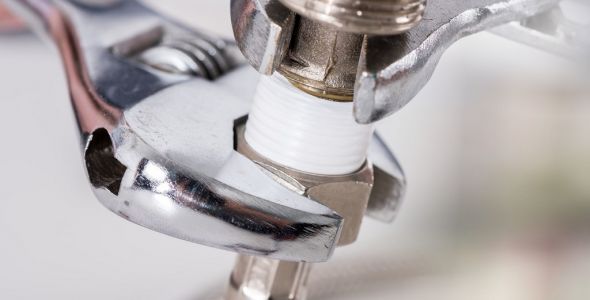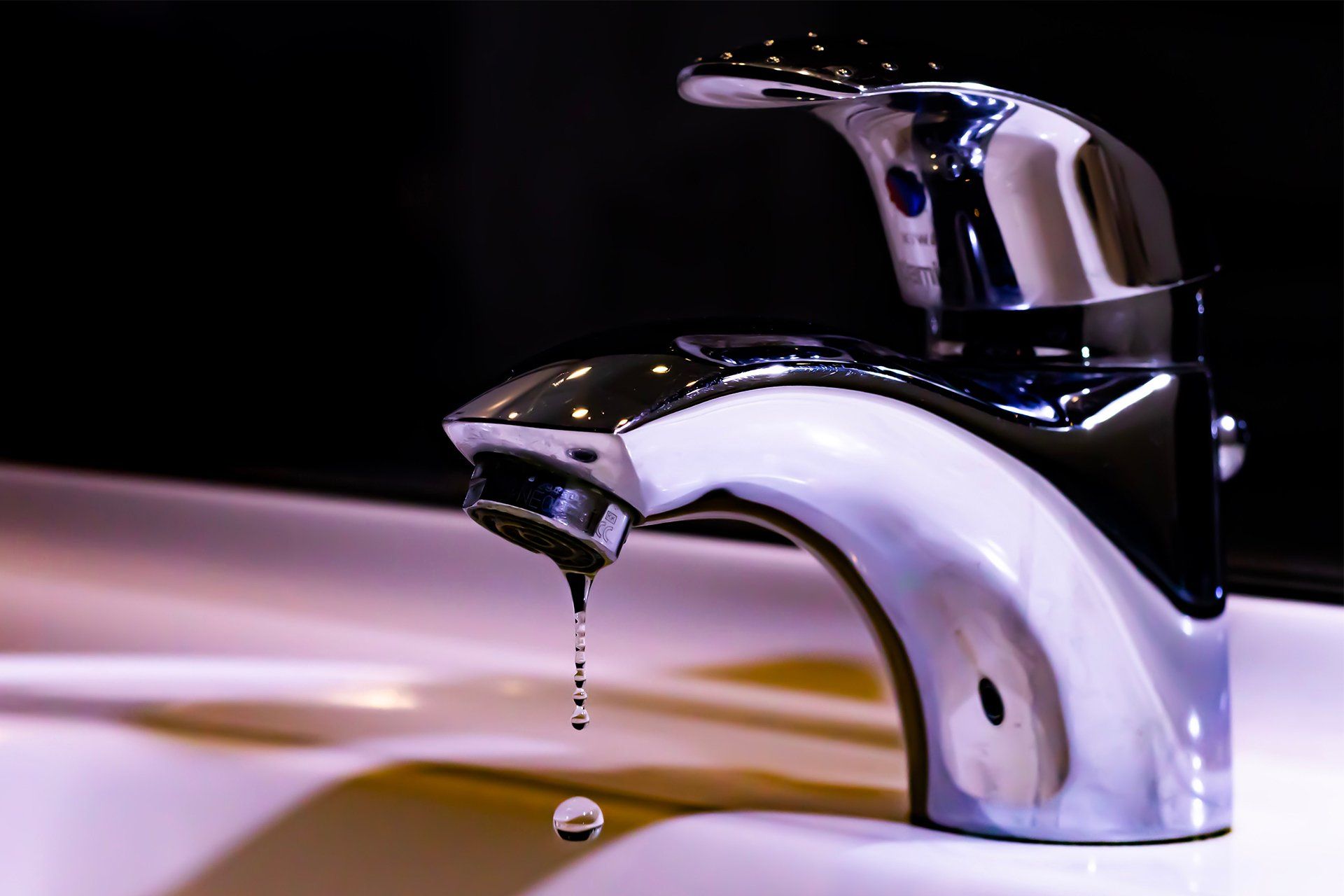Guidance on Winterize Your Plumbing: Five Hacks to Prevent Bursting Pipes in Frigid Temperatures
Guidance on Winterize Your Plumbing: Five Hacks to Prevent Bursting Pipes in Frigid Temperatures
Blog Article
This great article in the next paragraphs involving How to stop pipes from freezing during the winter is seriously stimulating. Check it out for your own benefit and figure out what you think of it.

All homeowners who reside in pleasant climates need to do their best to winterize their pipelines. It is something you should do throughout autumn prior to deep winter season truly starts. Failure to do so can mean disaster like frozen, split, or ruptured pipes. Below are some useful winterizing hacks to maintain your plumbing system protected even if the weather outside is shocking.
Try a Hair Dryer or Warmth Weapon
When your pipelines are virtually freezing, your dependable hair dryer or heat weapon is a godsend. If the warm towels do not help displace any type of clearing up ice in your pipes, bowling warm air directly right into them may aid. You may finish up damaging your pipelines while attempting to thaw the ice.
Open Up Cabinet Doors Hiding Plumbing
When it's cool outside, it would be useful to open up cabinet doors that are concealing your pipes. As an example, they could be somewhere in your kitchen or restroom. This will permit the cozy air from your heater to flow there. Therefore, you stop these exposed pipelines from freezing. Doing this tiny technique can maintain your pipes warm as well as limit the possibly dangerous results of freezing temperatures.
Take Time to Cover Exposed Pipeline
One very easy as well as awesome hack to warm up icy pipes is to cover them with warm towels. You can additionally utilize pre-soaked towels in hot water, simply don't fail to remember to use protective handwear covers to protect your hands from the warmth.
Switch on the Faucets
When the temperature level declines and it seems as if the frigid temperature will certainly last, it will help to transform on your water both inside and outdoors. This will keep the water flowing through your plumbing systems. You'll end up squandering gallons of water this method.
Shut down Water When Pipelines are Frozen
If you notice that your pipelines are totally icy or almost nearing that stage, transform off the primary water shutoff instantly. You will usually discover this in your cellar or utility room near the heating unit or the front wall closest to the street. Turn it off right away to prevent further damage.
With more water, even more ice will certainly load up, which will ultimately lead to rupture pipes. If you are unsure concerning the state of your pipelines this wintertime, it is best to call a professional plumber for an inspection.
All homeowners that live in temperate environments must do their finest to winterize their pipes. Failure to do so can lead to catastrophe like icy, broken, or ruptured pipes. If the hot towels do not aid dislodge any type of settling ice in your pipes, bowling hot air directly into them may aid. Transform off the main water shutoff instantly if you see that your pipes are totally icy or practically nearing that phase. With more water, even more ice will certainly pile up, which will ultimately lead to break pipelines.
PREVENT YOUR PIPES FROM FREEZING THIS WINTER
A Leading Cause of Property Damage
When the weather is taking a deep nose dive into the cold dreary days, the risk of your pipes freezing and potentially bursting skyrockets. Unfortunately, during these cold dreary months, burst pipes are the most common denominator for property damage. The pipes that are most at the risk are those that are in areas where it is most cold in your home. For instance, pipes located in interior places such as basements, attics, and your garage. Unfortunately, that doesn’t mean that the pipes running through your cabinets or exterior walls can’t freeze. Good news, however, is that you can do things to help prevent pipes from freezing.
How to Prevent Pipes From Freezing
Once the temperature starts to drop during the winter, you should be taking the proper measures needed to ensure that your pipes stay warm and that there is circulation of water through them. Some steps that experts may recommend could go against your better judgement when it comes to saving water and heat. However, it would go without saying that when expenses are compared, damaged pipes could put a bigger dent in your wallet than a water bill.
What Can I Do?
Keep your garage door closed. This is very important, especially if you have water supply lines running through your garage. Open your kitchen and bathroom cabinets to allow warm air to circulate through them. Allow air circulation throughout your home. Keeping the interior doors open will once again allow the warm air to circulate inside your home. Ensure your thermostat is running the same temperature throughout the night and day. If you plan to be away from home during the cold months, set your temperature no lower than 55° F. This should provide enough heat to keep the pipes warm and prevent any remaining water inside the pipes from freezing. For more of a long-term solution, add insulation to attics, basement, and other crawl spaces around your home. By allowing your faucet to drip, it will alleviate pressure in the system. This is important because the pressure that is created between the blockage and the faucet can potentially cause the pipes to burst. Allowing the faucet to drip will prevent the pressure from building up, therefore keeping the pipes from bursting. Seal any cracks, openings, and crawl spaces around your home to prevent cold air from coming inside. This keeps your pipes-not to mention your home-warmer and less susceptible to issues caused by freezing temperatures. For the pipes in your home that are easily accessible, applying electrical tape to them might prevent them from freezing over. This is a quick fix, as you can apply the tape directly to the pipe. There are two options for heating tapes. One turns on and off by itself when it senses heat is needed. The other type of heating tape needs to be applied when heat is needed and removed when not necessary. If you have exposed pipes in your home, you can check this website to take a look at a few options that would be available at a shop near you.

We hope you enjoyed reading our article about How to Prevent Frozen Pipes. Thank you so much for taking time to browse our content. Feel free to take the opportunity to promote this blog entry if you liked it. Thanks a lot for your time. Kindly visit our site back soon.
View Website Report this page